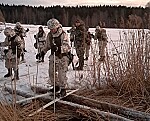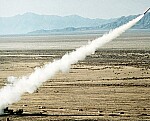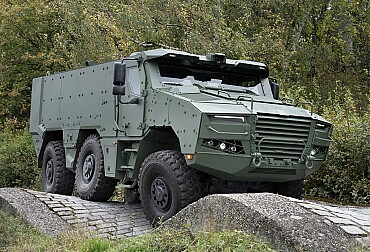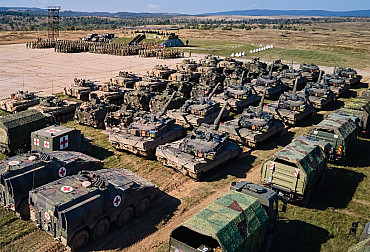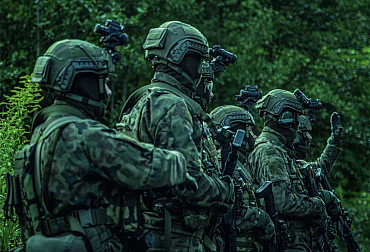Invisible guardians: VERA-NG as the cornerstone of the European Sky Protection Initiative
The war in Ukraine has dramatically changed the way combat operations are conducted. Today, success and survival on the battlefield depend not only on traditional kinetic capabilities, but also on the ability to gather information without revealing one's position and to navigate the electromagnetic spectrum. In a world where every time an active radar is activated, it is a potential invitation for guided munitions, passive surveillance systems are becoming increasingly important. Thanks to ERA, a company based in Pardubice, the Czech Republic has become an unexpected but significant leader in this field. The VERA-NG system, the Pardubice-based company's flagship product, has established itself as a cutting-edge solution within NATO. It has also proven itself in real combat conditions in Ukraine.
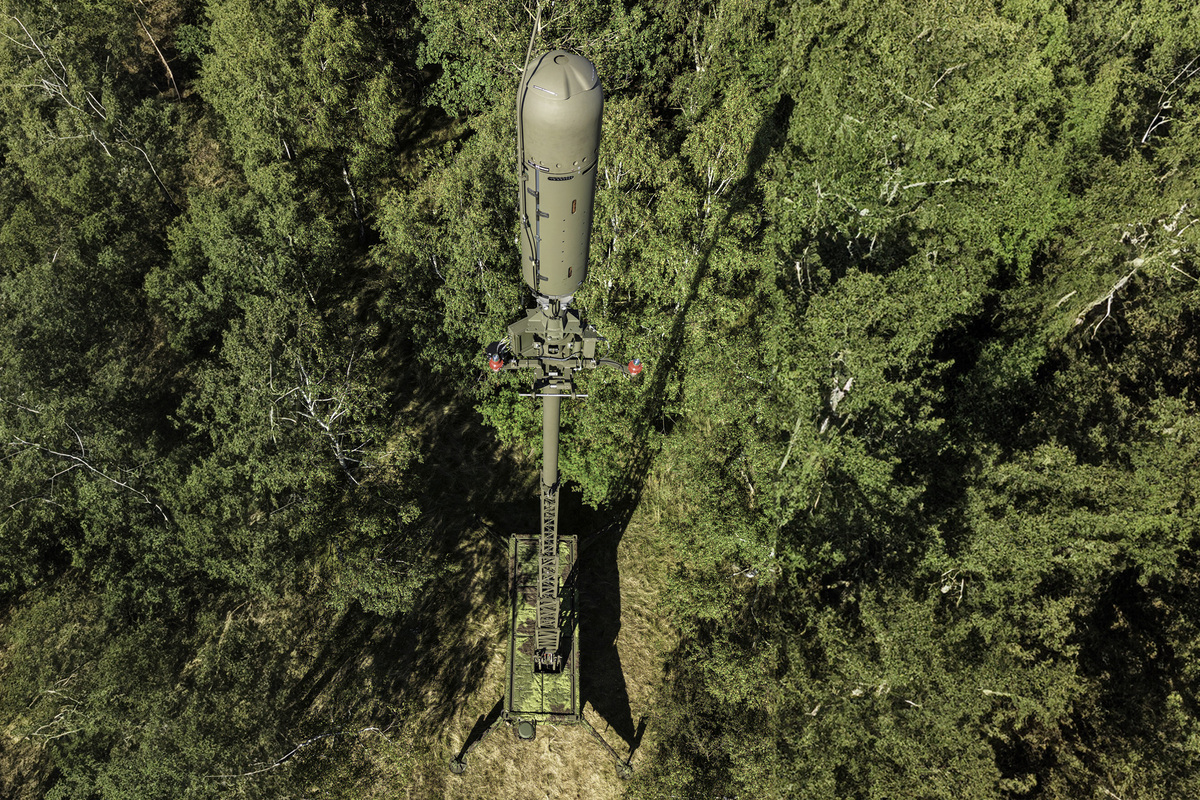
VERA-NG is an advanced passive radar that detects electromagnetic emissions and, based on differences in signal reception time (TDOA – Time Difference of Arrival principle), determines the position, movement, and type of the transmitting object. It consists of four stations, one central and three receiving stations, located on collapsible antenna masts. The stations are spaced dozens of kilometers apart and connected by data links. The entire system is highly mobile, transported in containers on military trucks and can be fully deployed within a few hours. VERA-NG can track targets up to 450 kilometers away with an accuracy of within tens of meters whether in the air, at sea or on land.
Unlike active radars, VERA-NG does not require frequency allocation and the system is not at risk of detection or jamming as it does not transmit any signal itself. The ability to receive a wide spectrum of electromagnetic emissions gives the radar exceptionally broad application possibilities. Combined with a high degree of automation and the ability to integrate into allied command and control systems, including standard output formats such as ASTERIX (all-purpose structured EUROCONTROL surveillance information exchange) and AWCIES (ACCS wide common information exchange standard), the VERA-NG system is ready for full interoperability within NATO.
A more mobile version of the VERA system (known as DPET – Deployable Passive ESM Tracker) was developed at the request of the Czech Army. The DPET version is transported directly on vehicles and is not towed like previous tracking systems, which increases its overall mobility and off-road capability. It has been in operation for two years by the 532nd Electronic Warfare Battalion. DPET is primarily intended for tactical deployment in ground operations, such as the protection of airports, troop movements or as an escort for short-range air defense (SHORAD) assets. The system was also tested during the Silent Hunter I and II alliance exercises, where it demonstrated its ability to quickly detect low-flying targets in a highly jammed environment. In combination with active radars and electro-optical sensors, it has become an important source of data for situational awareness.
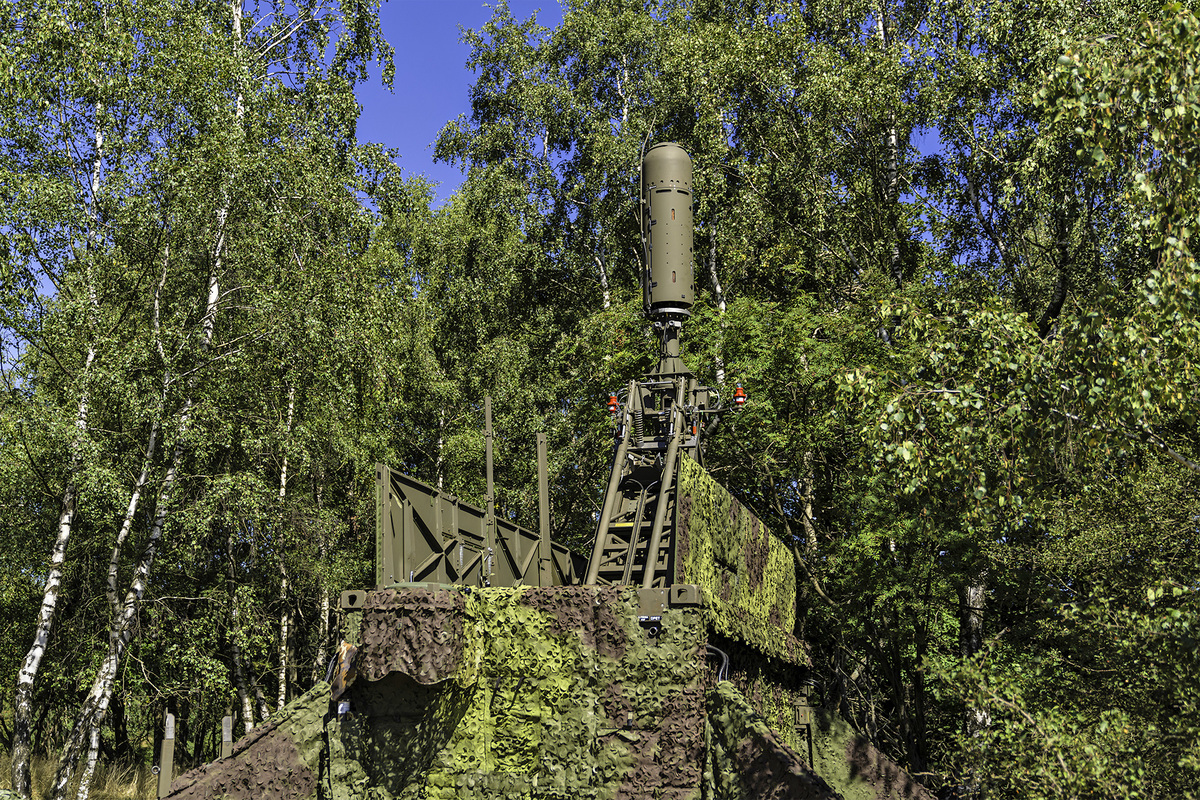
The VERA-NG system is actively used in Ukraine. Kiev received four units of this system as part of European military aid. According to the Dutch Ministry of Defense, this was part of a larger package worth over €150 million. The delivery included hardware, training for Ukrainian personnel, logistical support, and spare parts. VERA-NG is likely performing early warning tasks in Ukrainian territory, tracking Russian aircraft, detecting cruise missiles and locating mobile Russian electronic warfare assets.
In operational use, the Pardubice-made system can not only determine the location of the emission, but also evaluate the type of transmitter. For example, it can distinguish between the radar of an air defense guidance station and that of a fighter jet. This enables Ukraine to effectively plan attacks on high-value targets, avoid active radar zones, and accurately guide artillery and missile munitions. In an environment where active radars immediately attract attention and tend to be targeted, passive surveillance is the only realistic option for gaining up-to-date awareness of the battlefield without compromising one's own assets.
The experience gained in Ukraine has strengthened ERA's position at the European level. In June this year, Prague hosted the first meeting of the ESSI (European Sky Shield Initiative) sub-group dedicated to passive surveillance systems. It was attended by representatives of defense ministries and industrial partners from Belgium, Estonia, Austria, Slovenia, and Switzerland. ERA presented the technical capabilities of its systems and also shared practical experience from combat deployment. The participants visited the ERA production facility, watched a live demonstration of the DPET system deployment, and discussed possibilities for integration into national SHORAD capabilities. Three of the five countries present expressed interest in closer cooperation and in testing the technology under their own operational conditions.
Special attention was paid to the possibilities of data fusion between PET – Passive Surveillance ESM Tracker (VERA-NG) and PCL – Passive Coherent Location (e.g., Twinvis from Hensoldt) radars. Although the two technologies work on different principles (PET detects enemy emissions directly, while PCL tracks reflections of signals transmitted by third parties), when combined they create a robust and difficult-to-jam network. ERA and Hensoldt have already established strategic cooperation in this field and agreed on the joint development of new technological solutions. In the future, there are plans to combine these systems with artificial intelligence for automated target classification, movement prediction, and recommendations for operational decisions.
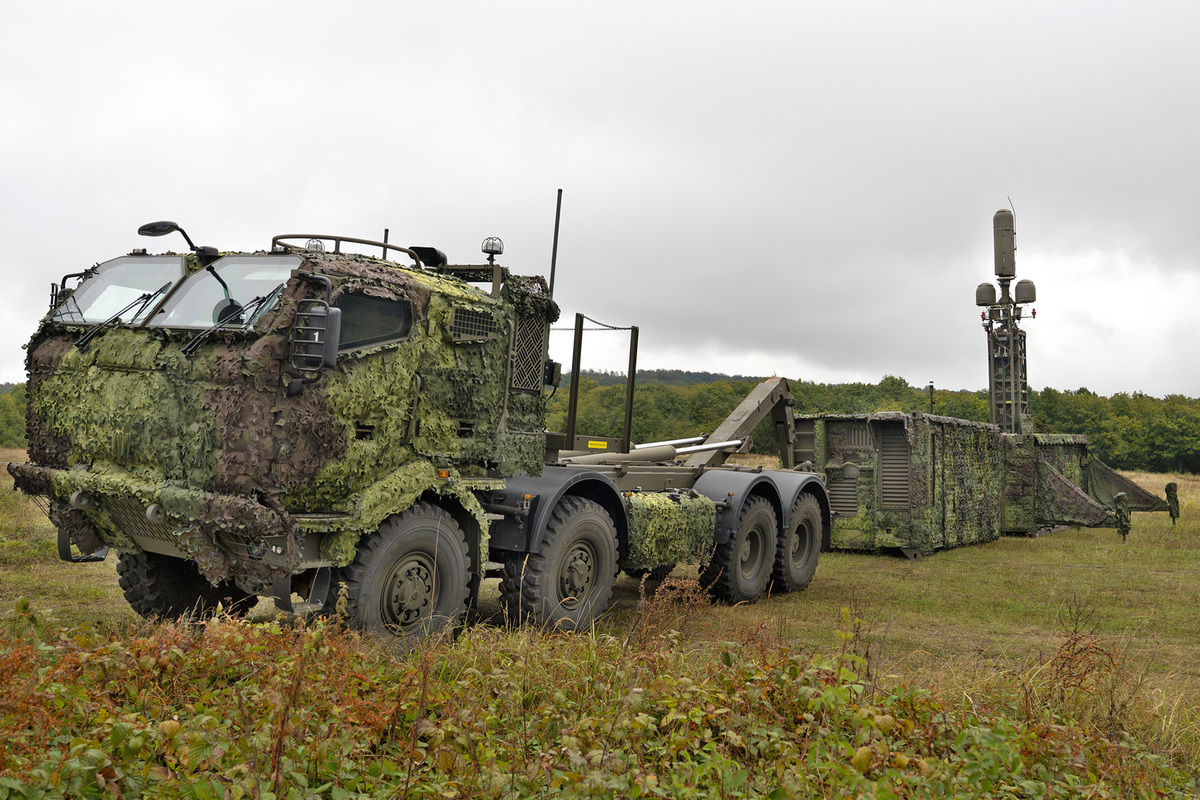
From a financial point of view, ERA systems represent an investment that quickly pays for itself in the form of operational efficiency. The price for one VERA-NG set (in the DPET variant on Tatra chassis) was around CZK 750 million including VAT in 2020. Compared to active 3D radars, the Pardubice systems offer a significantly wider range of monitored emissions, higher operational safety, and lower support requirements. When passive radars are deployed in combination with active systems, a synergistic effect occurs – the active radar can be switched on at critical moments, while the passive sensor monitors events without risk of detection on a permanent basis. This extends the service life of active components and reduces the logistical burden on national or alliance air defense systems.
ERA also offers advanced software for data processing and archiving, including advanced ELINT (Electronic Intelligence) databases, tools for post-mission analysis, and data export to alliance formats. This enables post-operation analysis of enemy behavior, monitoring of changes in their system signals, and optimization of own procedures. These databases can also be accessed by the wider NATO community, making ERA not only a hardware manufacturer but also a provider of valuable data for alliance planning.
Given its combination of technological sophistication, combat deployment, and economic efficiency, ERA is poised to become an integral part of Europe's security infrastructure. If the Czech Republic seizes this opportunity politically and diplomatically, it can offer its allies, through ERA, a passive layer of defense that protects their skies in a quiet yet reliable manner.



